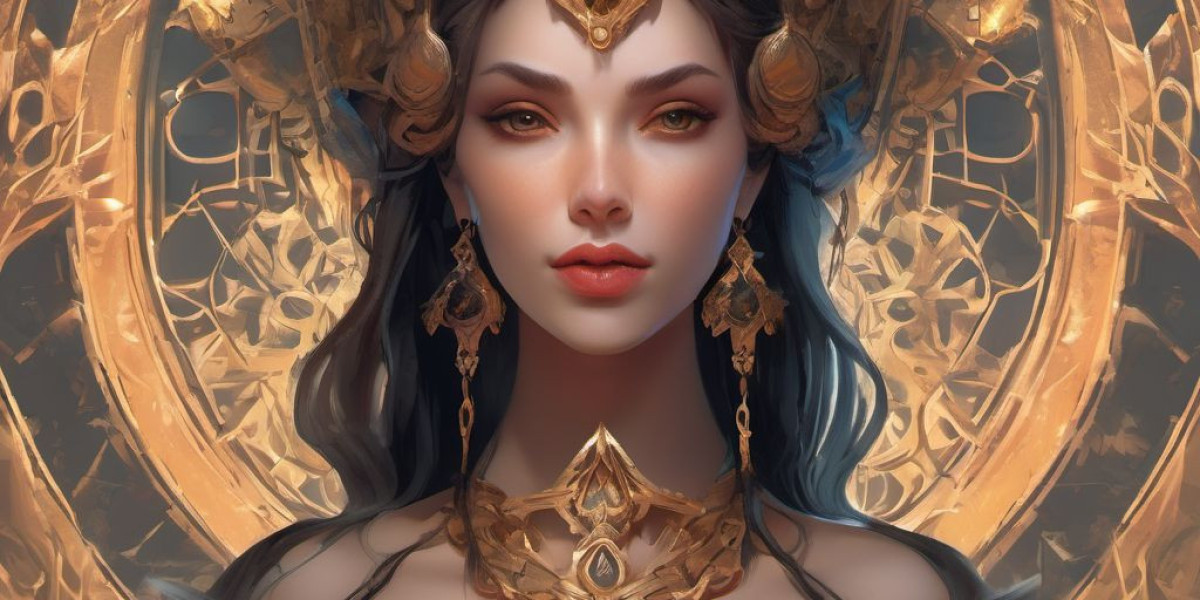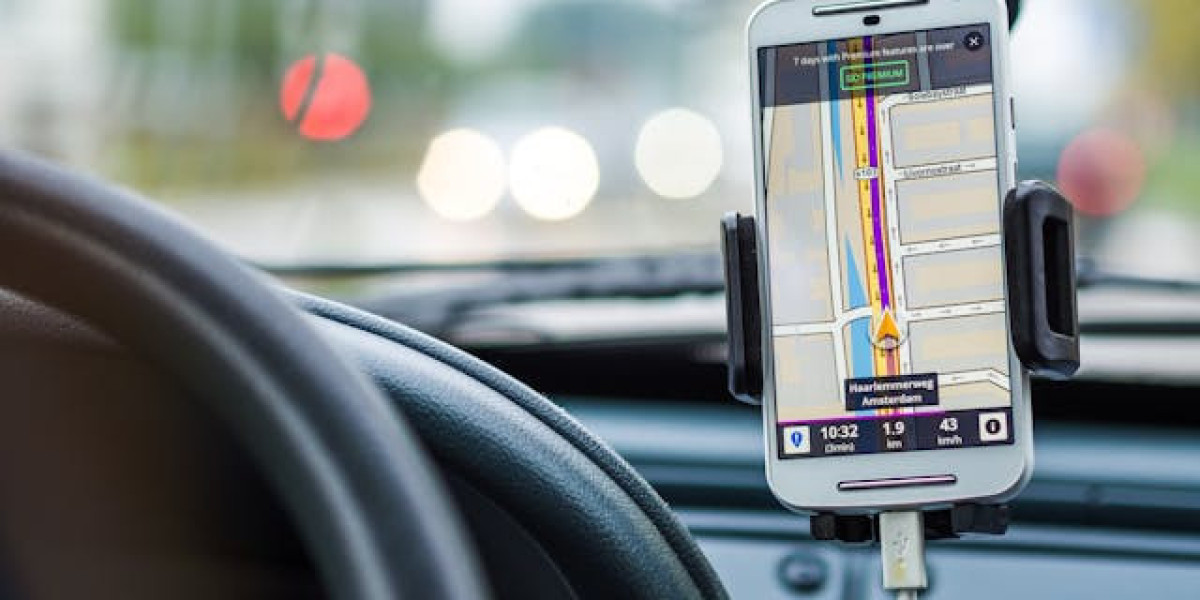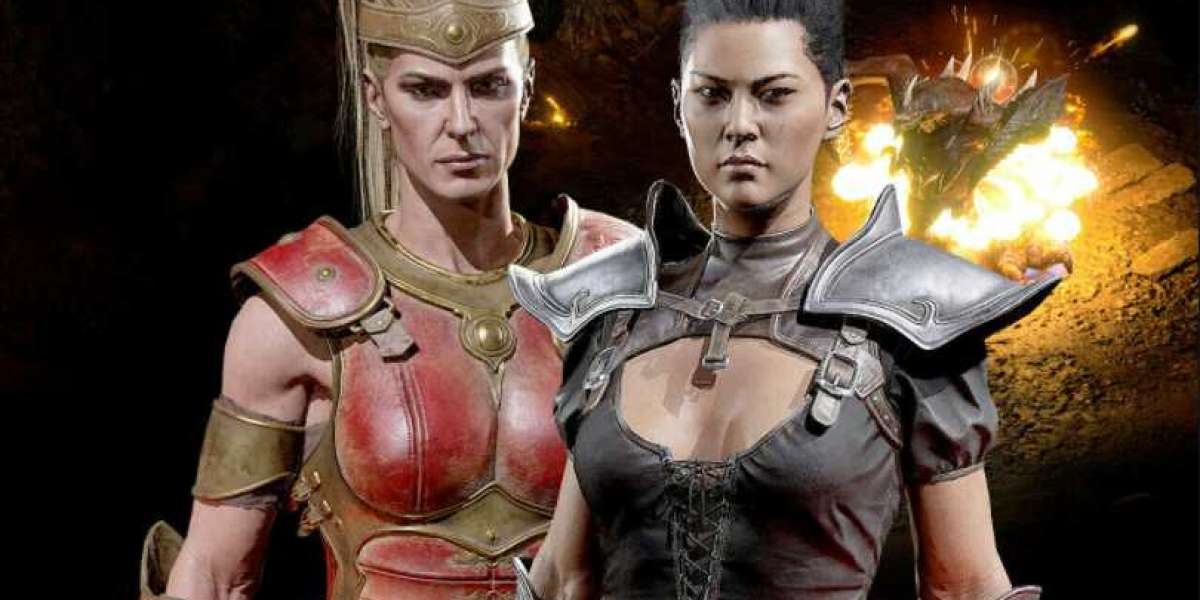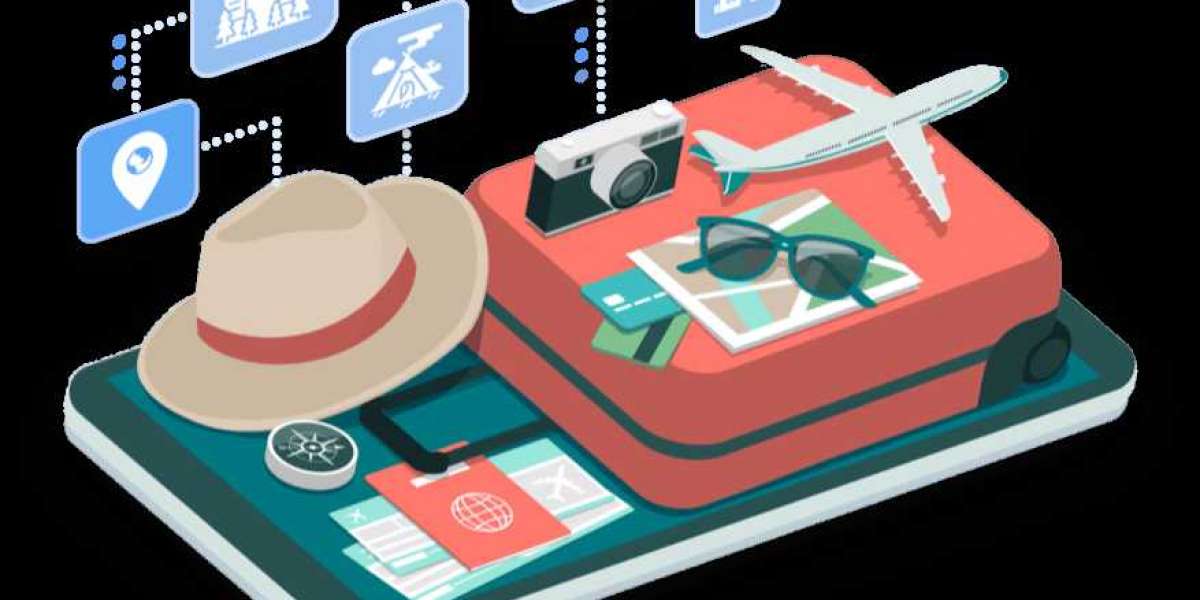The relationship between art and technology has a long history, with each era introducing new tools and mediums for artistic expression. In recent years, the art world has witnessed a significant transformation with the advent of generative AI, a technology that is revolutionizing the creative process. Generative AI, powered by machine learning algorithms and neural networks, is not replacing human artists but is, instead, becoming a collaborator and a source of inspiration. This fusion of human creativity and artificial intelligence is giving rise to a new era of artistic exploration and innovation.
Generative AI: A Creative Partner
Generative AI, at its core, is designed to create content that is human-like in its creativity. The technology encompasses a variety of algorithms and models, with some of the most notable examples being Generative Adversarial Networks (GANs) and Transformer-based models like GPT-3. These models can generate text, images, music, and more, and their capabilities are expanding rapidly.
Artists have begun to embrace generative AI as a creative partner, using it as a tool to stimulate their own imagination, challenge their artistic boundaries, and produce new and unexpected works. This collaboration between human artists and AI results in a dynamic and innovative creative process, pushing the boundaries of traditional art forms.
Generative AI in Visual Arts
In the realm of visual arts, generative AI has made significant strides. Artists and designers are using AI to generate stunning visuals and explore new artistic territories. For instance, AI algorithms can generate original paintings, design architectural structures, and even create captivating digital sculptures.
One notable example is the use of GANs in art creation. GANs consist of two neural networks, a generator and a discriminator, which compete with each other to create and evaluate images. Artists can fine-tune these networks to generate images that align with their artistic vision. This has resulted in mesmerizing and surreal artworks that blur the line between the human and the machine.
AI-Enhanced Music and Composition
Generative AI has also found its place in the world of music and composition. Musicians and composers are using AI to compose original pieces, assist in music production, and even create entirely new genres of music.
AI algorithms, such as recurrent neural networks (RNNs) and deep learning models, can analyze vast amounts of musical data to generate compositions that are harmonious, unique, and evocative. They can create music in various styles, from classical to electronic, and even mix genres to produce entirely novel sounds. AI-generated music can serve as a source of inspiration for human musicians, helping them break creative blocks and experiment with new melodies and rhythms.
Literary Exploration with AI
Generative AI is also making its mark in the world of literature and storytelling. AI models like GPT-3 are capable of generating coherent and contextually relevant text, making them valuable tools for writers, journalists, and content creators.
Writers are using AI-generated content as a starting point for their stories, as prompts for creative writing, or to automate the generation of marketing copy. AI can help authors explore new narrative structures and experiment with different writing styles. It's not replacing authors but rather enhancing their creative process, enabling them to overcome writer's block and find fresh ideas.
The Impact on the Art Market
The integration of generative AI in the art world is not limited to the creative process alone. It has also impacted the art market and the way art is valued and sold. AI-generated art has found its place in galleries and auctions, sparking debates about the authenticity and value of such works.
In 2018, an AI-generated artwork titled "Portrait of Edmond de Belamy" was auctioned at Christie's for over $432,000, raising questions about the role of AI in the art world. Collectors and art enthusiasts are now considering the uniqueness and authenticity of AI-generated pieces, which challenges traditional notions of artistic authorship.
Challenges and Ethical Considerations
While generative AI is opening up new frontiers in art, it also comes with challenges and ethical considerations. The concept of authorship becomes blurred when AI is involved in the creative process. Artists may question whether an AI model can truly be a co-creator, and the issue of copyright and ownership of AI-generated works is still evolving.
There are also concerns about bias in AI algorithms, as they can perpetuate or amplify existing biases in society. Artists and AI developers must be aware of these issues and work to address them in the creative process.
The Future of Artistic Innovation
The impact of generative AI on the arts is undeniable, and its influence is only expected to grow. Artists and creators are embracing AI as a tool for inspiration and experimentation. It offers new ways to explore artistic forms, challenge conventions, and redefine what is possible in the world of art.
As AI technology continues to advance, we can anticipate even more groundbreaking collaborations between human artists and machines. New art forms and styles will emerge, and the boundaries of creativity will be pushed to new limits. The fusion of human imagination and AI innovation is giving birth to a renaissance in the arts, where the canvas is digital, the possibilities are limitless, and the future is a masterpiece waiting to be created.








